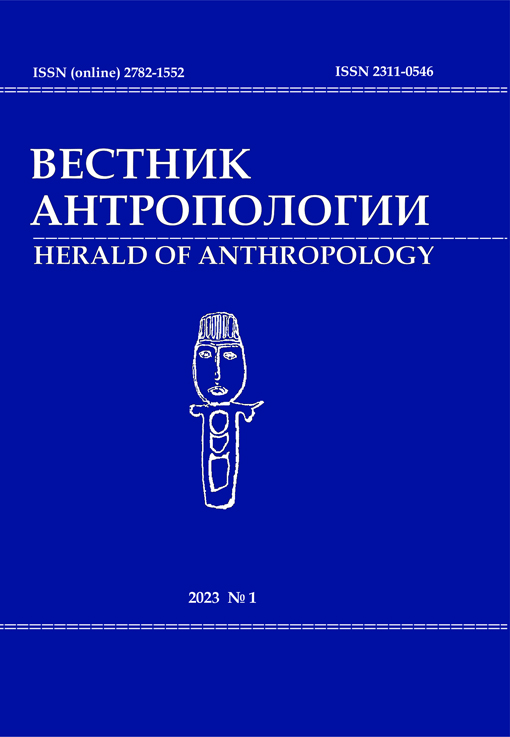Магические способы наказания вора и возвращения украденного (по материалам крестьянской культуры середины XIX — начала ХХ вв.)
DOI: 10.33876/2311-0546/2023-1/72-87
Ключевые слова:
обычное право, крестьянская культура, воровство, колдовство, магия, наказанияАннотация
Целью данной статьи является анализ магических способов наказания вора и возвращения украденного. В качестве источников использовались опубликованные и неопубликованные архивные материалы, периодическая печать, сборники и словари, содержащие фольклорные тексты, описания ритуально-магических практик, а также лингвистические данные. Магические наказания рассматриваются в контексте теории обмена, где негативная реципрокность понимается как возмездие за причиненный ущерб. Актуальность работы определяется тем, что магические практики как часть обычно-правовой системы различных народов редко становились предметом специального исследования в рамках антропологии права, хотя антропологи обращали внимание на социальные функции магии, в том числе и в обычно-правовой сфере. В работе рассмотрены способы наказания и возвращения украденного с применением контагиозной и симпатической магии. Выявлено, что в ходе ритуала предметы и объекты чаще всего подвергались деструктивному воздействию, которое проецировалось на тело вора как основной объект магических манипуляций. Отмечено, что наиболее популярным было воздействие огня, жара или дыма, что позволяет сопоставить магические способы наказания и ритуалы распознавания ведьмы. Сделан вывод о том, что представления о магических способах наказания выполняли функцию поддержания социальной стабильности.






















